

The growth of urban populations, tightening environmental regulations, and the pursuit of sustainable development are driving an urgent need to modernize public transportation. Monorail systems, as an innovative form of off-street transit, are becoming an increasingly relevant solution for megacities and industrial hubs. One particularly well-suited option for smart city concepts is string transport – a separate, low-cost, and eco-friendly type of monorail developed by UST Inc. Let’s explore the current technical features of monorail systems and examples of successful implementation in various countries.
Off-street monorail transport has a rich history dating back to the early 19th century. The first monorail line appeared in the United Kingdom in 1824 at the Deptford Dock, followed a year later by a passenger line in Cheshunt, Hertfordshire. The Cheshunt Railway is considered the world’s first passenger monorail, setting the stage for decades of development in this mode of transport.
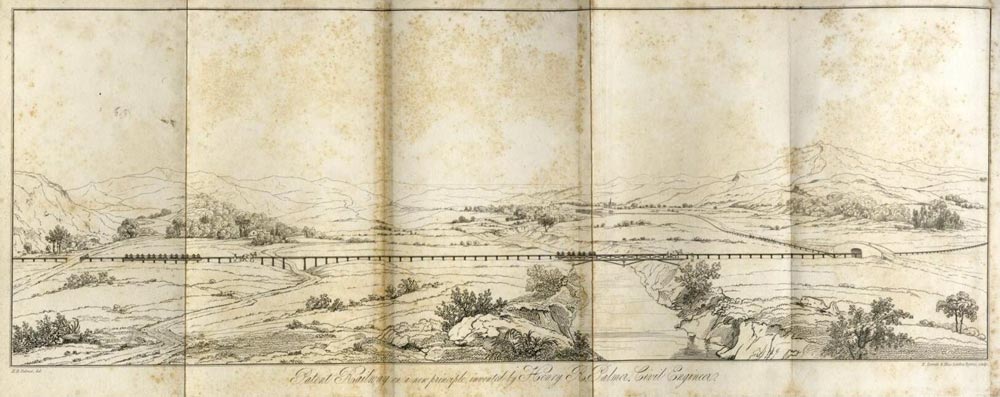
Illustration from the book by Henry Robinson Palmer, the creator of the Cheshunt Railway.
While today’s public monorail systems are primarily based on the Alweg technology developed in the 1950s in Germany and Sweden, Belarus has introduced a more reliable and lightweight version – string transport. This technology was proposed by Belarusian engineer Anatoli Unitsky. To develop and promote it, UST Inc. was founded in 2015 with its headquarters in Minsk. After a decade of research and testing, the company launched its first commercial project – the uLite complex in the Aquarelle Ecopark.
Modern monorail transport is represented by two main structural designs: suspended and supported systems. Suspended monorails, like the one in Wuppertal, are mounted on elevated tracks with cars hanging from the guideway. Supported systems, widely used in Japan and China, involve vehicles traveling atop the monorail beam.
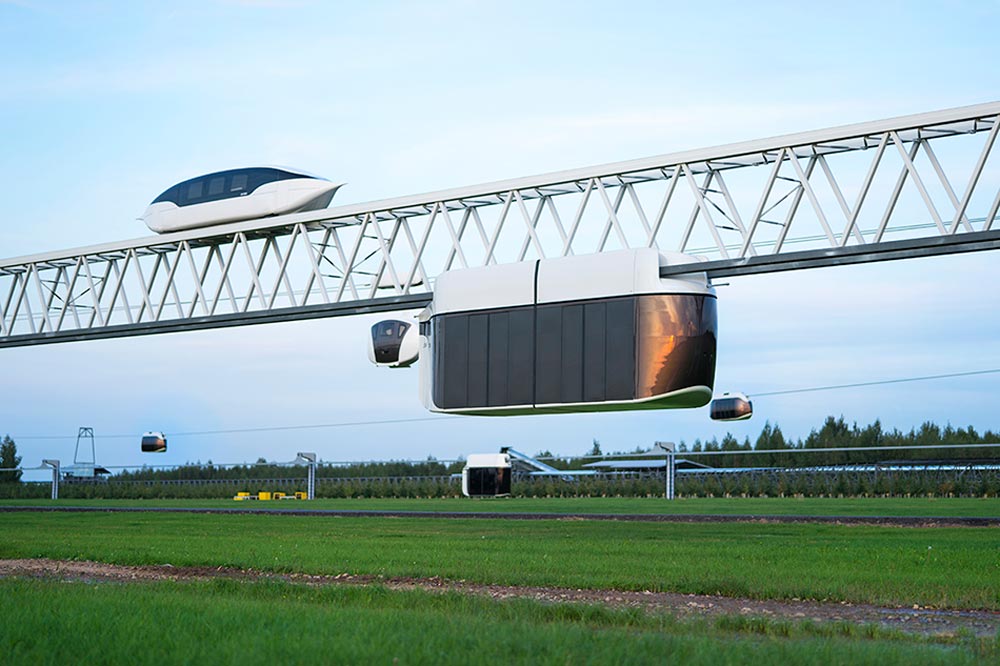
A more reliable and lightweight type of monorail – string transport.
In recent decades, automated and intelligent transport systems have been actively developed, allowing trains to operate without drivers, enhancing safety and reducing operational costs. The introduction of electric monorails with linear motors and magnetic levitation is opening new horizons for speed and energy efficiency in passenger transport.
Monorail systems are successfully integrated into urban infrastructure, especially where subway construction is economically or technically challenging. In Tokyo, the monorail connects Haneda Airport with business and residential districts, providing fast and convenient transfers to other modes of transport. In Seattle, the monorail has linked the city center with its main cultural district since 1962, demonstrating the system’s resilience and continued demand.
Among the innovative solutions in monorail transport is string transport, which shares similar principles. Its core technology is a string rail track structure – a special steel or composite beam containing a bundle of pre-tensioned steel cables encased in a unique compound. Rolling stock moves along this guideway on steel wheels, controlled by a fully automated system. This single-track rail transport is significantly cheaper than traditional electric public transit and serves as an effective alternative to subways.
Monorail transport offers a range of unique advantages. First and foremost is its cost-effectiveness in construction: the absence of expensive underground work significantly reduces infrastructure costs compared to subway systems. Monorail lines do not occupy urban land, which is especially important for densely built-up megacities. Environmental friendliness is another key benefit – most modern systems run on electric traction, helping reduce CO₂ emissions and noise levels.
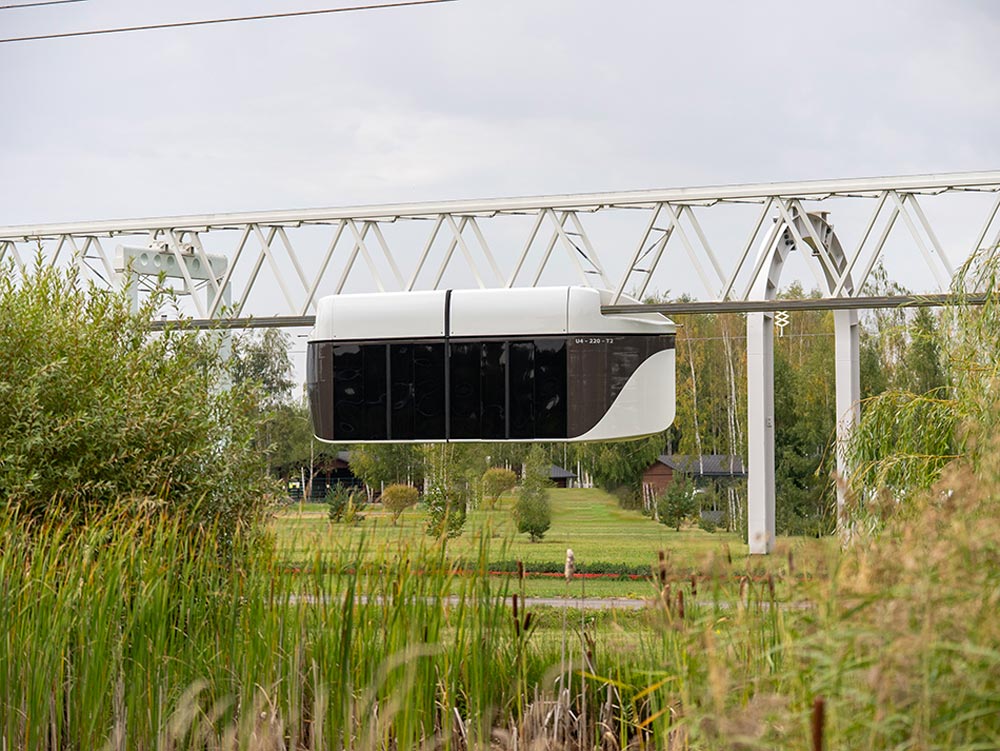
However, there are challenges as well. Traditional monorail systems require substantial investment during the design and construction phases, along with ongoing expenses for maintenance and rolling stock upgrades. In harsh climates, successful operation demands structural adaptation and additional insulation of the cars. Moreover, integrating monorails into existing transport networks can face regulatory and technical hurdles due to incompatible standards and the need to build new depots and stations.
The technical specifications of monorails depend on the chosen technology: urban systems typically operate at speeds ranging from 15 to 120 km/h, while industrial monorails can carry loads of several tons. Emergency protocols for monorail systems mandate the presence of braking systems, alarms, and passenger evacuation tools.
These drawbacks are absent in the string transport developed by Unitsky String Technologies Inc. This energy-efficient passenger system features minimal noise and vibration. String transport routes are elevated, reducing land acquisition costs and preserving the landscape. Supports can be spaced far apart, and the structure does not obstruct groundwater or surface water flow, helping maintain biodiversity.
Unlike traditional monorail systems, string transport requires fewer materials, offers high durability, and allows for long spans between supports, making it suitable for routing through challenging terrain such as water obstacles, swamps, and rugged landscapes. The string track is self-cleaning in winter, preventing the accumulation of snow and ice.
Today, there are numerous examples of monorail systems of varying lengths and purposes around the world. Some operate successfully for instance, the Alweg-type monorail in Tokyo provides high-speed connections between the airport and the city, integrating with other transport modes and serving over 140,000 passengers daily. Seattle’s monorail, in operation since 1962, remains a fast and reliable way to travel between key city districts. Another example is the uLite complex – the lightest and most modern monorail variant, built in Maryina Gorka, Belarus, and used for guided tours in the Aquarelle Ecopark.
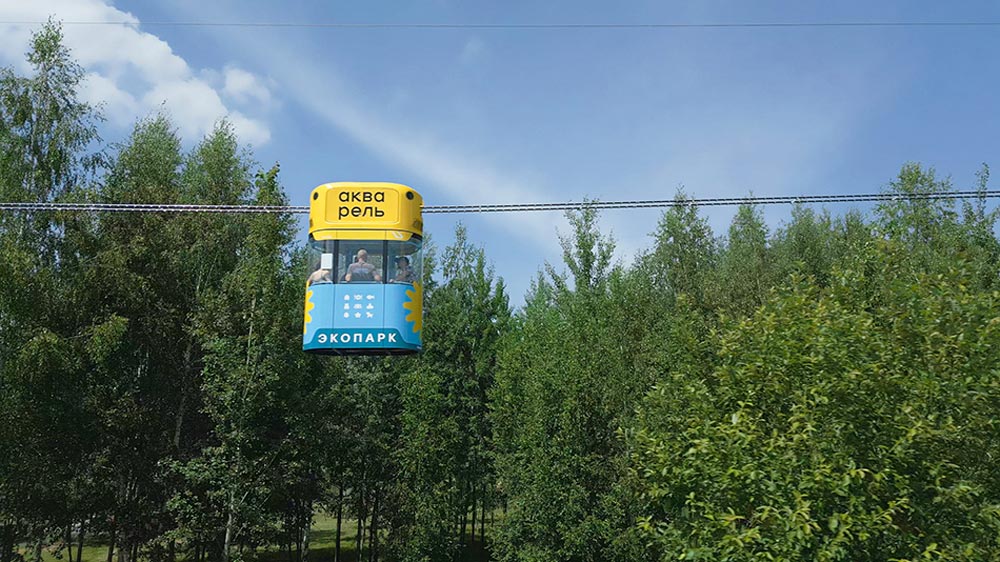
Unilight is the lightest and most modern type of monorail.
Other systems, based on less successful technical solutions, have been dismantled such as the monorail in Moscow. Opened in 2004, it was Russia’s first and only monorail transport system. Spanning 4.7 km with six stations, it was integrated into the city’s transport network. However, with the expansion of the metro and declining passenger numbers, the monorail was relegated to a tourist mode, and its unreliability and lack of profitability led to its eventual dismantling.
The future of monorail transport is connected to the development of new technologies and integration with other types of urban transport. The implementation of intelligent transportation systems and automation of passenger services will improve safety and reduce operating costs. Today, there are two main directions in the development of public monorail systems.
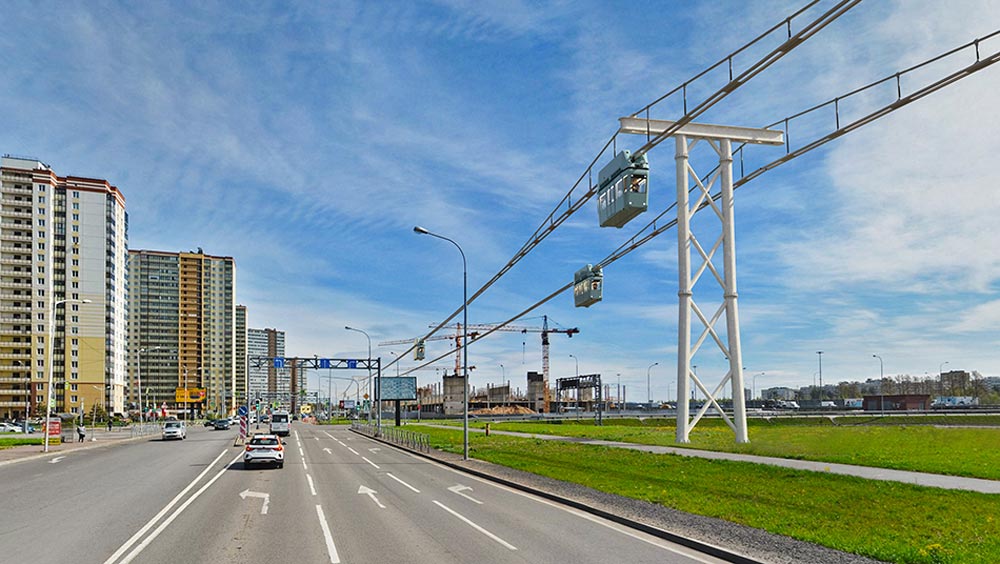
The first is the use of magnetic levitation transport and energy-efficient engines. It opens up prospects for increasing the speed and throughput capacity of systems. However, this solution is expensive, requires significant infrastructure maintenance costs, and is complex in design and construction. The second is the transition to affordable but equally efficient string transport. This is a sustainable urban transport that easily integrates into local infrastructure, requires minimal land allocation, and low construction costs.
The implementation of string transport contributes to the reduction of CO₂ emissions, alleviation of traffic congestion, and improvement of the urban environment. In the future, it is possible to create integrated transport hubs that combine monorail, metro, buses, and electric vehicles into a single intelligent network. Rapidly deployable transport infrastructure, minimal interference with the urban landscape, and adaptation to harsh climatic conditions become key success factors for string transport projects.
Monorail transport is not only the transport of the future but also a real tool for solving current urban mobility problems. For example, string transport, which is much cheaper than traditional ground systems and can significantly improve urban mobility. Advantages such as environmental friendliness, cost-effectiveness, safety, and easy integration into existing infrastructure make it attractive to investors, engineers, and urban planners.
Despite challenges related to high costs and the need for modernization, successful examples prove the viability and potential of automated transport systems. Smart Transport in the future will become the foundation for both cargo and passenger transportation. For cities striving for sustainable development and innovation, monorail transport, especially string-based, remains one of the most promising directions in transport urbanism.
This form asks for your consent to allow us to use your personal data for the reasons stated below. You should only sign it if you want to give us your consent.
Who are we?
The name of the organisation asking you for consent to use your information is:
Global Transport Investments
Trident Chambers, P.O. Box 146, Road Town
Tortola
British Virgin Islands
We would like to use the following information about you:
Why would we like to use your information?
Global Transport Investments would like to send this information to company registry, inform you about its news, for refund purposes.
What will we do with your information?
We store your name, address, ID Data, date of birth into company registry. We will share your e-mail & phone number with IT Service (https://digitalcontact.com/), SMS Center (http://smsc.ru). They will add your details to their mailing list and, when it is news update, they will send you an email or sms with details. We store your credit card number for possible refunds.
How to withdraw your consent
You can withdraw the consent you are giving on this form at any time. You can do this by writing to us at the above address, emailing us at the address: [email protected] or by clicking on the unsubscribe link at the bottom of emails you receive.
This privacy notice tells you about the information we collect from you when you sign up to receive our regular newsletter via our website. In collecting this information, we are acting as a data controller and, by law, we are required to provide you with information about us, about why and how we use your data, and about the rights you have over your data.
Who are we?
We are Global Transport Investments. Our address is Trident Chambers, P.O. Box 146, Road Town, Tortola, British Virgin Islands. You can contact us by post at the above address, by email at [email protected].
We are not required to have a data protection officer, so any enquiries about our use of your personal data should be addressed to the contact details above.
What personal data do we collect?
When you subscribe to our newsletter, we ask you for your name and your email address.
Why do we collect this information?
We will use your information to send you our newsletter, which contains information about our products.
We ask for your consent to do this, and we will only send you our newsletter for as long as you continue to consent.
What will we do with your information?
Your information is stored in our database and is shared with with IT Service (https://digitalcontact.com/), SMS Center (http://smsc.ru). It is not sent outside of the Euro. We will not use the information to make any automated decisions that might affect you.
How long do we keep your information for?
Your information is kept for as long as you continue to consent to receive our newsletter.
Your rights over your information
By law, you can ask us what information we hold about you, and you can ask us to correct it if it is inaccurate.
You can also ask for it to be erased and you can ask for us to give you a copy of the information.
You can also ask us to stop using your information – the simplest way to do this is to withdraw your consent, which you can do at any time, either by clicking the unsubscribe link at the end of any newsletter, or by emailing, writing us using the contact details above.
Your right to complain
If you have a complaint about our use of your information, you can contact the Information Commissioner’s Office.
Rate and Comment
You can assess the importance of a particular publication and the level of its preparation. Share your opinion in the comments!